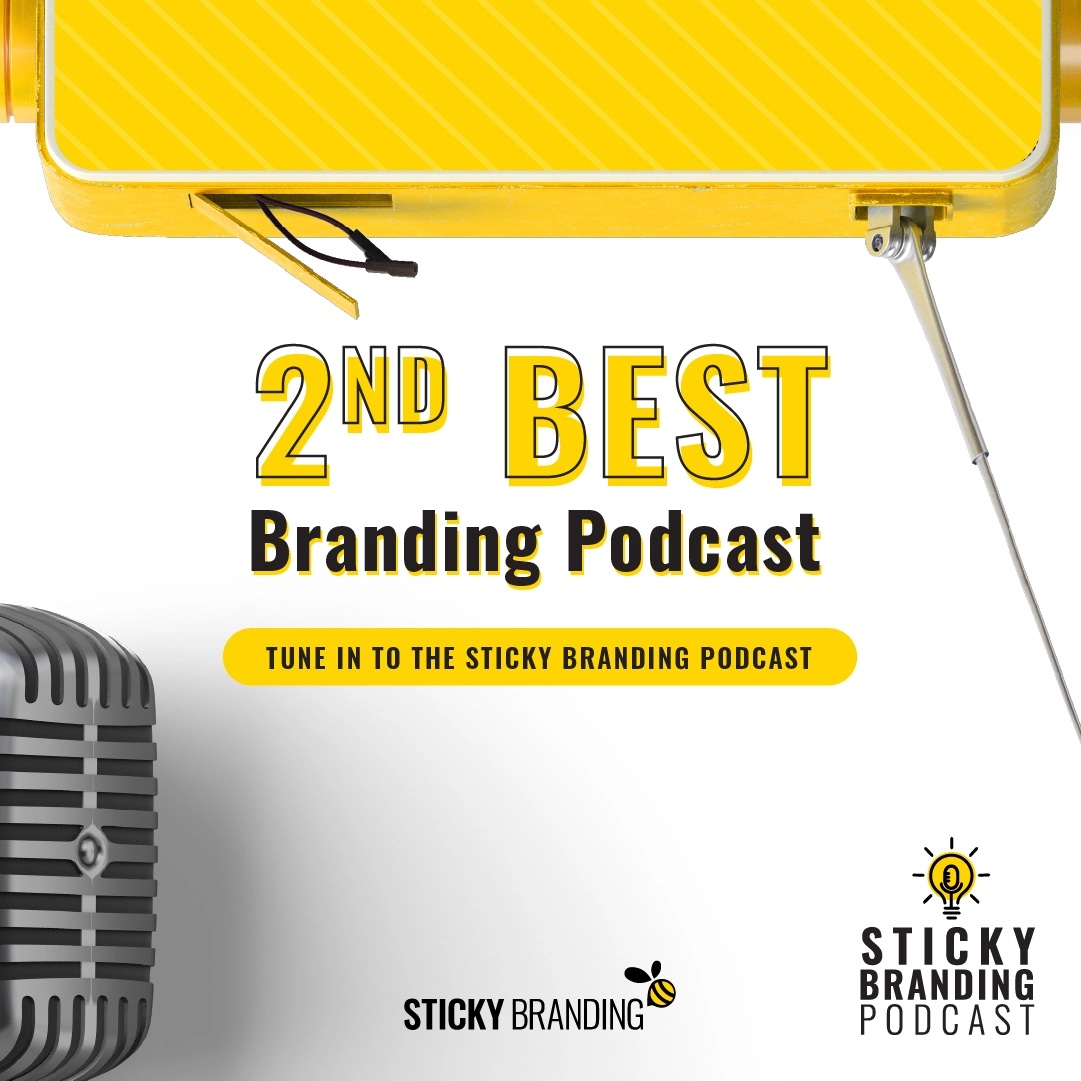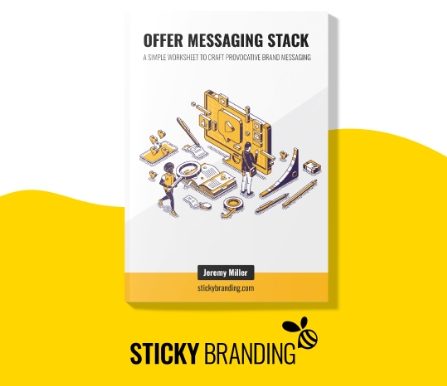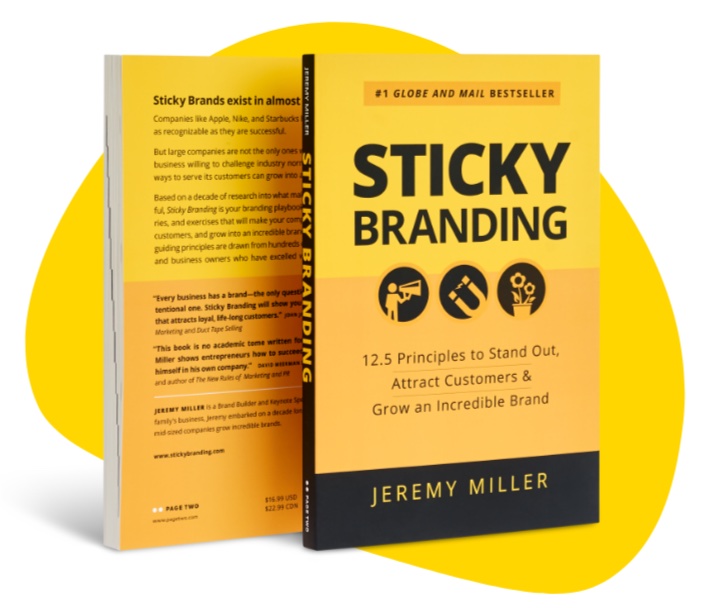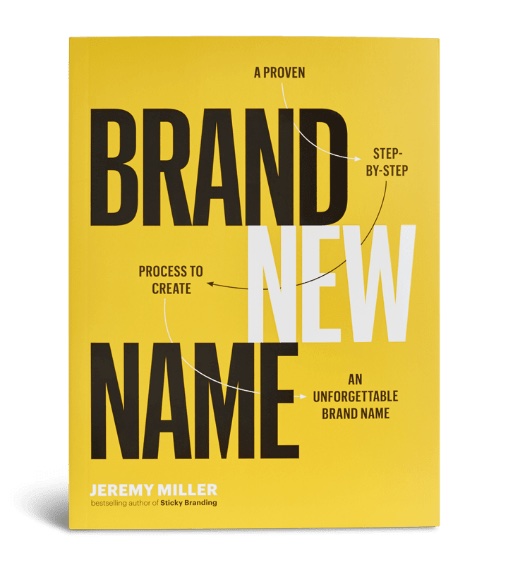Relationships are the secret-sauce of a sticky brand. We fall in and out of love with products, but human relationships are far more lasting. It’s people that make brands stick.
When you buy a new car, you love it. It’s fun to drive, and fun to show off. It’s your shiny new object – at least for a little while. After a few months the new car luster fades, and it’s just a car.
It’s hard to maintain a relationship with a shiny new object, because when the shiny and new wears off you’re just left with an object. That’s the struggle for most brands. They’re constantly struggling to release something new and exciting to bring their customers back. It’s a vicious cycle.
Communities break the shiny object syndrome. They add human relationships, which are far more sustainable and protectable than adding features and benefits.
Communities keep you engaged
I experienced the power of community first-hand when I joined Element CrossFit last summer. CrossFit is a fitness program that incorporates dynamic, full-body workouts. It has become very popular in recent years with CrossFit gyms popping up everywhere.
Prior to joining Element CrossFit, I had never maintained a fitness program beyond 60 days. I’d join a gym, learn their equipment and use the facilities. All would be going well for a few weeks, and then I’d get derailed.
I used to think falling out of fitness was my fault, because I wasn’t disciplined enough. But that wasn’t it. I was bored. When the shininess of the gym wore off there was nothing left to sustain me.
Element CrossFit has been a completely different experience. For the first time in my life I have been working out three to four times a week for over a year, and I’m loving it. I’m not bored, I’m not tired of it, and I’m not using willpower to maintain my routine. The difference has been their community.
Element CrossFit is a minimalist gym with free weights, chin-up bars, medicine balls and space to do various routines. Compare that to the 140,000 square-foot gym Life Time Fitness is building a few kilometers away. Can you imagine how much equipment it will take to fill 140,000 square feet?
But Element CrossFit has something very powerful: a community. The community has been a real sticking factor in my experience. It’s the people I see week after week, and the support and camaraderie I gain that keeps me coming back.
Products and services can’t share emotions. They can’t connect with you as a human being. Only people can do that.
Communities create loyalty
An engaged brand community keeps customers coming back for more. Just look at the commitment of Harley-Davidson owners. Other motorcycle brands may have more advanced technology and features, but Harley owners couldn’t imagine riding anything else.
Communities increase customer loyalty. Alex Cibiri, the owner of Element CrossFit, explains, “The community shifts the customer relationship. Our members feel a part of the gym, and take ownership and pride in it. You will hear people describe it as ‘my gym,’ and truly mean it.” He goes on to say, “The more members feel a part of a community, the more they invest in it.”
From a business context, the community increases Element CrossFit’s customer retention and participation rates. Alex explains, “Many people belong to gyms, but rarely go. The gym may claim to have a high retention rate, but their participation levels are terrible. Element CrossFit is very different. We have high retention and high participation. Very few of our members pay their dues and don’t show up.”
The stickiest brands have communities
Look at brands you admire, and you will likely spot a community. Harley-Davidson, LEGO, Wikipedia, Apple and WordPress all have dynamic user communities. Some communities are organized and sponsored by the brands, like the Harley Owners Group (HOG). And some are left to their own devices, like Apple’s user communities.
Regardless of how the community forms, it can be a great asset to a brand. When people organize in a community it adds a relationship dimension that greatly enriches the brand. It adds human bonds, experiences and camaraderie that no product or service can achieve on their own.





